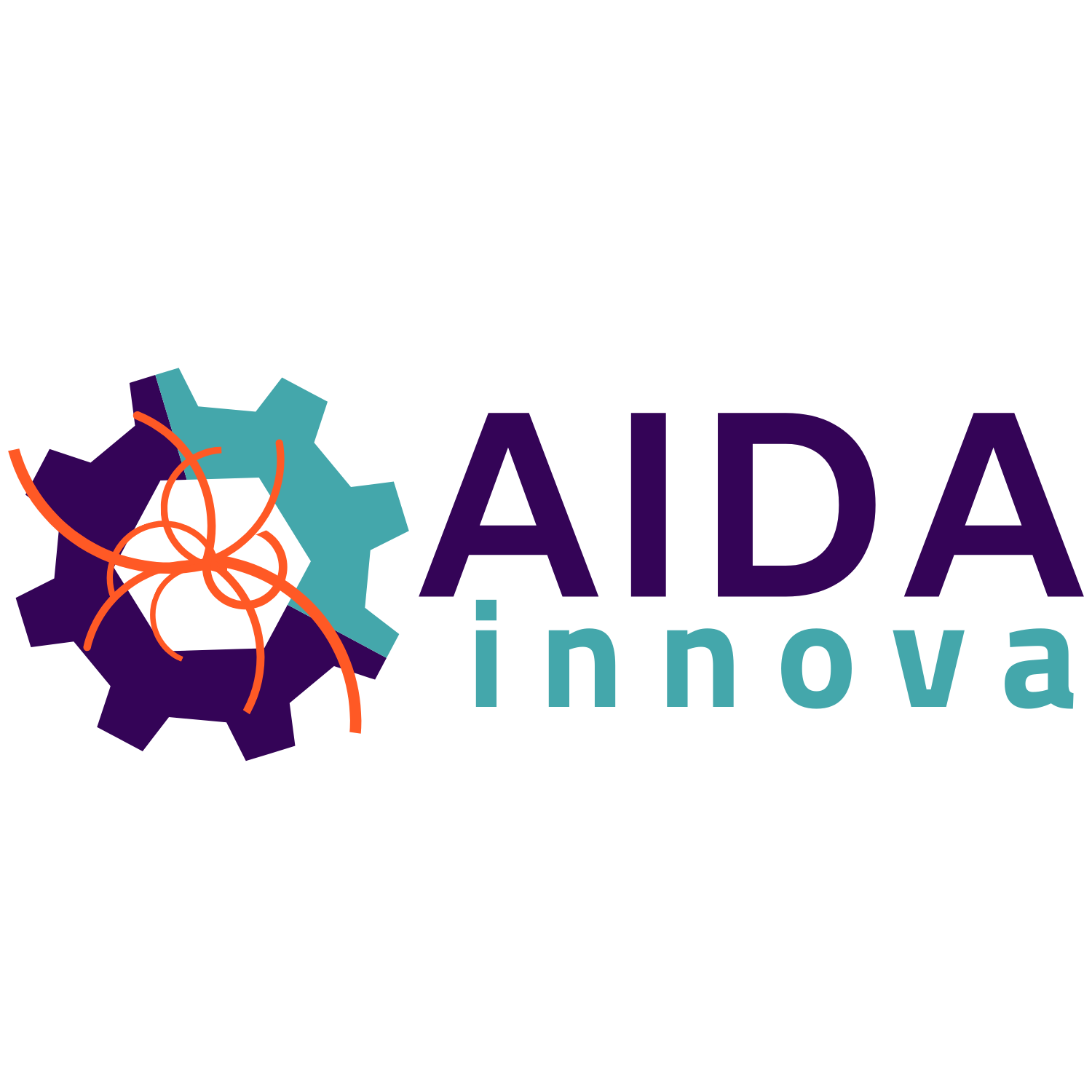
Stefania-Alexandra Juks’ poster on eco-friendly gas alternatives for particle detectors won her a place at a one-week detector school in Italy
A PhD student working on eco-friendly gas alternatives for particle detectors has spoken of her surprise and delight at winning an AIDAInnova-supported poster challenge, which granted her a fully funded place at the Bonaudi-Chiavassa International School on Particle Detectors in June.
The poster session was a part of the CERN Experimental Physics department’s annual EP R&D Day event in May to showcase technologies for future experiments. The AIDAInnova project took the occasion to offer the winner of the poster competition a place at the renowned detector school, which takes place each year in Cogne, Italy. Task 2.3 of AIDAInnova’s work package two is dedicated to enhancing the recognition, training and career opportunities of detector scientists.
Stefania-Alexandra Juks’ poster on using carbon dioxide (CO₂) as an eco-friendly gas alternative for resistive plate chamber (RPC) particle detectors caught the eyes of the judges, who awarded her first prize and a trip to Italy.
I was taken by surprise” said Juks, who hadn’t expected to win. “I was at the back of the room when I suddenly heard my name, it was such an unexpected and exciting moment.”
The subject of Juks’ winning poster centres on work to introduce a fraction of CO₂ into the gas mixture of particle detector systems. Particle detector systems operate with gas mixtures that are essential for achieving specific performance levels for data taking. RPCs are operated with a gas mixture containing two greenhouse gases – R-134a and SF6 – that are particularly bad for the environment.
Based on the Global Warming Potential (GWP) metric, if CO₂ has a GWP of 1, then R-134a’s is 1,430, meaning it has the same warming effect over 100 years as 1,430 units of CO₂.
While CERN’s EP R&D team is working on finding a long-term sustainable alternative to these gases, a short- and medium-term solution is to reduce their consumption through the addition of an inert component, such as CO₂, to the mix, to bring down the overall proportion of R-134a. Juks’ poster described this process.
The EP R&D team has found that the gas mixture can still be as effective in performance in RPCs with around 30% of CO₂ mixed in, therefore significantly reducing the amount of R-134a needed. This mixture has, since August 2023, been used by the ATLAS-RPC detector system at CERN.
Study Days on Detectors
The one-week Bonaudi-Chiavassa School course, also known as Study Days on Detectors, was a great opportunity for Juks to meet others working in the detector field and to find out more broadly about this area.
She had the chance to learn about topics such as gaseous detectors, silicon detectors, plans for the Future Circular Collider at CERN, particle accelerators for space applications and more.
“I got to see techniques and approaches from other areas that could be transferable to my field,” she said. “The course provided a broader perspective on the versatility of detector technologies and their applications, which I found both inspiring and enriching.”
